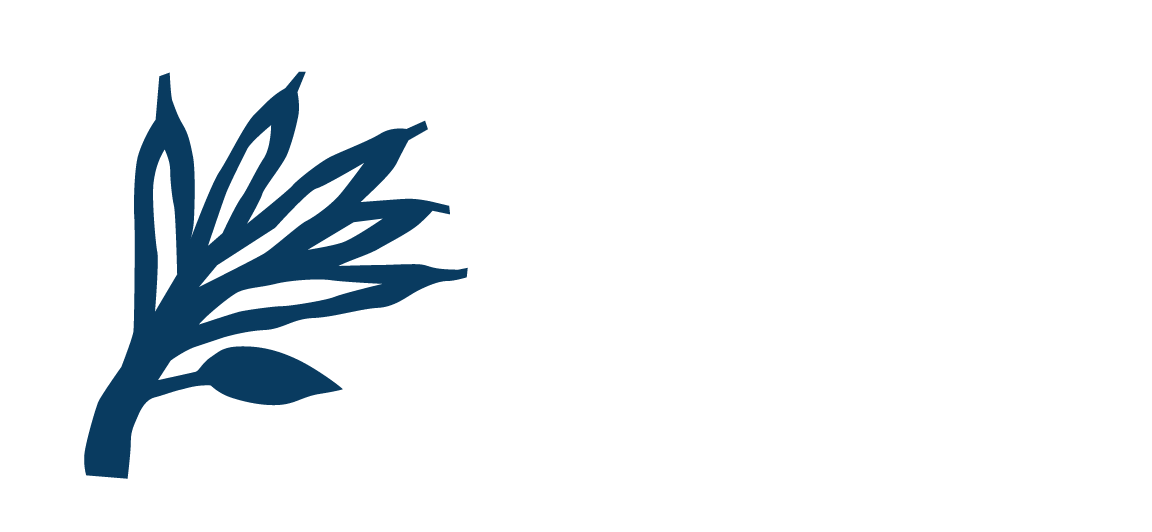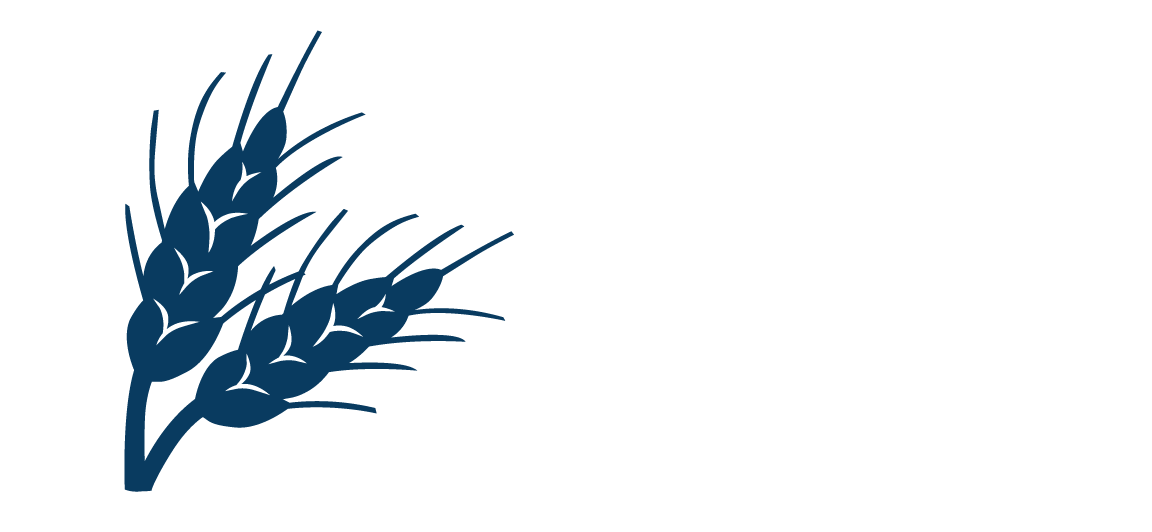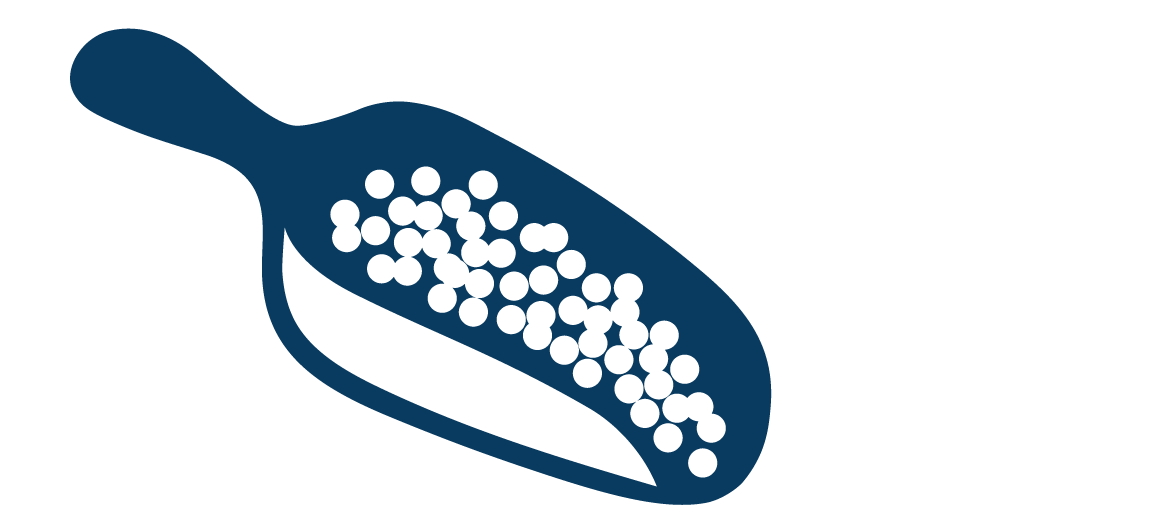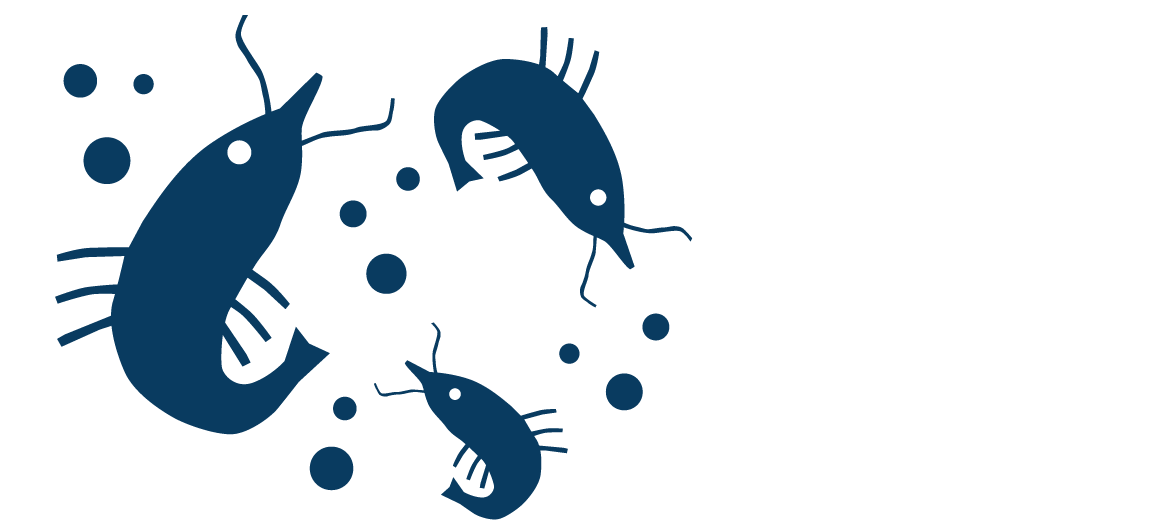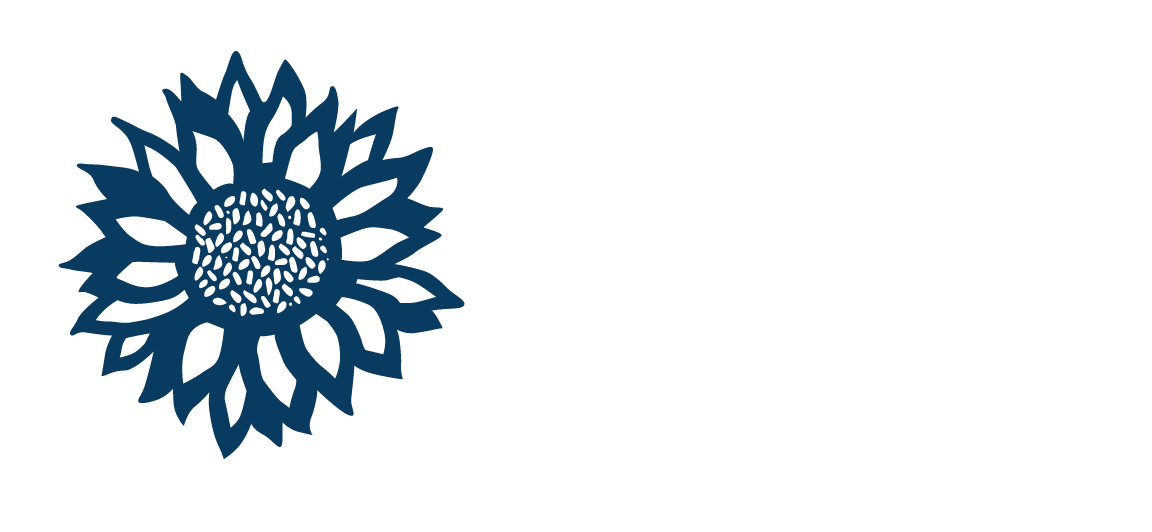OUR INGREDIENTS
These ingredients help us raise some of the healthiest, most sustainable salmon in the world today. However, our partners at Biomar and we will never stop exploring new ingredients and sources as we continue our journey in raising the healthiest, most sustainable salmon possible.
Guar
Protein
Origin-North India
Guar (Cyamopsis tetragomoloba) is well suited for semi-arid regions because it can tolerate water stress and high temperatures.
This legume is also valuable in crop rotation cycles, as it lives in symbiosis with nitrogen-fixing bacteria that provide natural fertilizer for the next crop after the guar is harvested.
Guar is added to the feed for its high protein content and favorable pellet quality attributes.
28°N, 72°E
Rapeseed
Oil
Origin-Central and Eastern Europe
Rapeseed (Brassica napus) is a bright yellow flowering member of the family Brassicaceae (mustard or cabbage family). It is cultivated mainly for its oil-rich seed.
Rapeseed oil is one of the oldest known vegetable oils. It is the world's third-largest source of vegetable oil and is used in our feed as an excellent energy source.
Rapeseed can be used as a cover crop to prevent soil erosion and carbon leakage.
It is considered the main forage crop for honey bees!
45°N, 43°E
WHEAT STARCH
& PROTEIN
Origin-Central Europe
Wheat (Triticum aestivum L.) is one of the world's most versatile and widely grown cereal crops.
Wheat is a valuable addition to our feed, and both major fractions of the grain are utilized (starch and protein). Wheat starch is used as a technical additive that helps the pellet keep its shape through production, storage, and transport.
Wheat protein is an increasingly important part of our fish diet due to its high digestibility and excellent amino acid profile.
52°N, 10°E
FISH
OIL
Origin-Global Supply
The fish oil used in our feed is mainly derived from fillet trimmings and other marine by-products – typically from herring, mackerel, anchovies, and sardines.
Our industry defines “other marine by-products” as fish unsuitable for human consumption, circular side streams, or where the catch exceeds local canning, fillet, or freezing capacity and would otherwise be treated as waste. Trimmings and by-products are considered “circular” raw materials because they do not compete with human food production.
These fish oils contain essential nutrients needed in our fish diet – including heart-healthy omega-3 fatty acids eicosapentaenoic acid (EPA) and docosahexaenoic acid (DHA). All wild fish used in our feeds come from certified fisheries, such as the Marine Stewardship Council, MarinTrust, or fishery improvement programs (FIPs).
62°N, 3°E
SOY
PROTEIN
Origin-USA and Europe
Soy protein is one of the most nutritious plant ingredients available to humans, which is why it is frequently found in vegetarian food products. Research has concluded that soy protein is equivalent to fish meal as a source of dietary protein in salmon.
Donau Soja and the US SSAP have been benchmarked as conversion-free by the European Feed Manufacturers Federation (FEFAC).
46°N, 19°E
FISHMEAL
Origin-Global
Fishmeal is important because it contains all the micronutrients required for the fish to thrive. Fish meal contains amino acids, vitamins, and minerals not commonly found in vegetable-based ingredients. All wild fish used in our feeds come from certified fisheries, such as the Marine Stewardship Council, MarinTrust, or fishery improvement programs (FIPs).
62°N, 3°E
PEA STARCH
& PROTEIN
Origin-Europe
Peas are another example of nitrogen-fixing, highly versatile crops that can be grown in various climates. It is one of the oldest domesticated crops – cultivated for at least 7,000 years. Our pea starch and protein are derived from the field pea – Pisum sativum. Pea starch and protein are used similarly to wheat starch and protein in fish nutrition. It is grown in many parts of the world for human and livestock consumption.
48°N, 3°E
CAMELINA OIL
Origin-Central and Eastern Europe
Camelina (Camelina sativa) is historically cultivated as an oilseed crop raised to produce vegetable oil and animal feed. Commonly known as False Flax, Camelina is a lipid energy source that replaces fish oil in our salmon’s diet. Native to Mediterranean regions of Europe and Asia, Camelina has the correct fatty acid composition that our salmon require. Camelina oil enhances the ability of fish to synthesize the healthy long-chain omega-3 fatty acids needed for optimal growth.
45°N, 43°E
ALGAPRIME
Origin-SOUTH BRAZIL
AlgaPrime™ is a long chain omega-3 rich microalgae ingredient for the aquaculture, pet, and livestock industries. The microalgae (Schizochytrium sp.) can valorize simple sugars into the essential fatty acids omega-3s (EPA & DHA). The AlgaPrime™ DHA production facility embodies the principles of large-scale sustainable production with low carbon, water, and land use impact.
20°S, 50°W
KRILL
Origin-SOUTH ATLANTIC
Antarctic krill (Euphausia Superba) is one of the most abundant species on earth. Our krill supplier Aker BioMarine is a vertically integrated company within the krill fishing and processing industry. Aker BioMarine’s custom-built vessels process krill meal immediately after it arrives onboard, via their Eco-Harvesting technology.
For more information, see our FAQ page.
60°S, 40°W
Sunflower
Sunflower oil is an excellent source of dietary energy for the fish.
Sunflower protein can be up-concentrated into a protein used as a fish meal alternative
Sunflowers are named because they love the sun. Provided enough, sunflowers can reach up to 5 meters in height!
Bean Starch
& Protein
Fava beans and bean starch.
Why do we use these feed raw materials?
Marine finfish prefer “keto” diets comprised of high-quality protein and oils, with minimal carbohydrates. Like humans, fish need vitamins, minerals, and long-chain omega-3 fatty acids EPA & DHA. To lessen the impact on wild fish stocks, our feed partner, BioMar sources these nutrients from primarily vegetable sources, including canola, peas, beans, wheat, and sunflowers. They also use a small amount of marine ingredients to help make the feed tasty to the fish and round out the nutritional completeness of the recipe.
Finally, there are micro nutrients that are added to the feed:
Vitamins and minerals
Natural carotenoids (pigment)
Dietary additives (feed supplements)
Technical additives (like fat sealers and rapeseed lecithin)
These remaining ingredients make up about 4 - 6% of the recipe.

